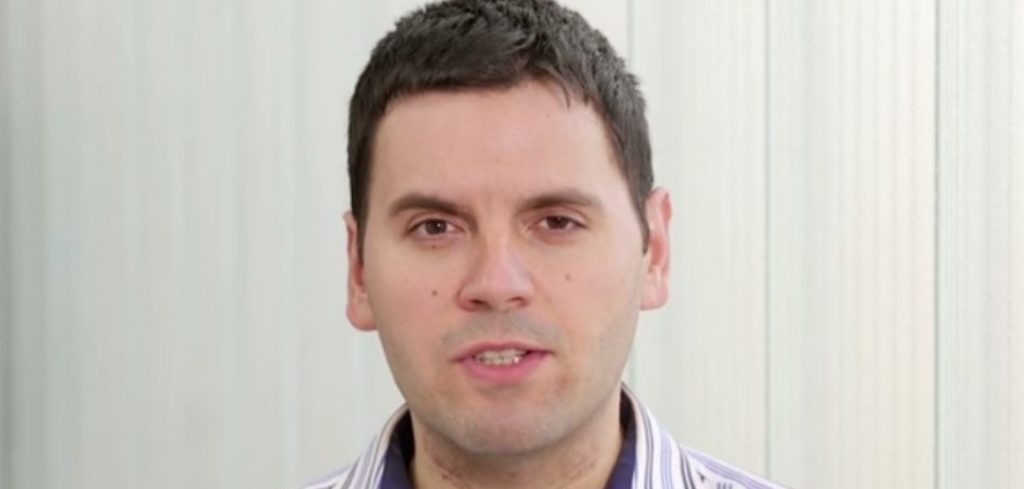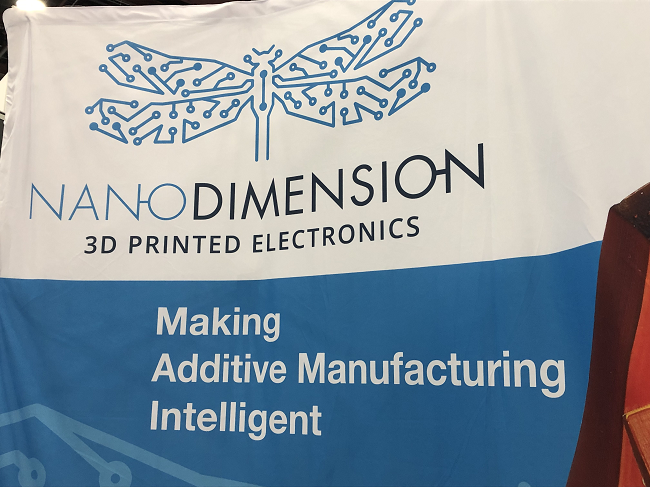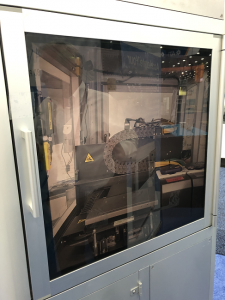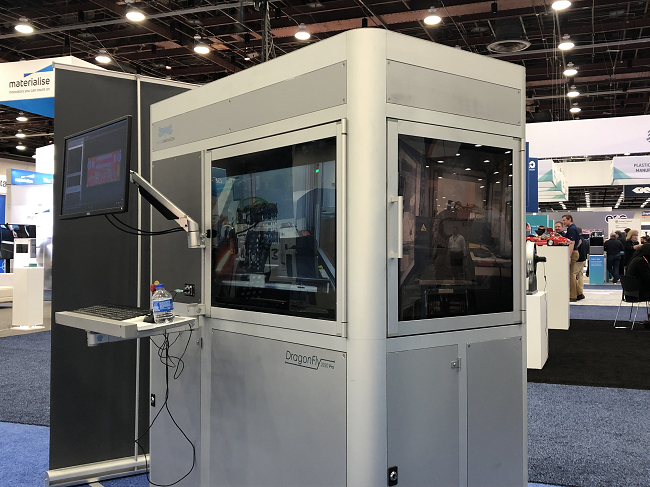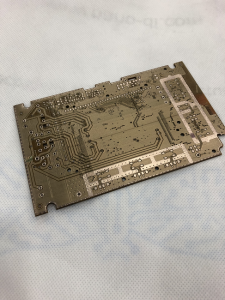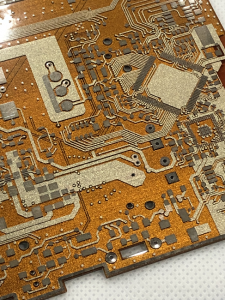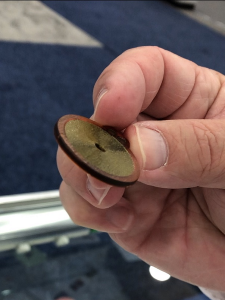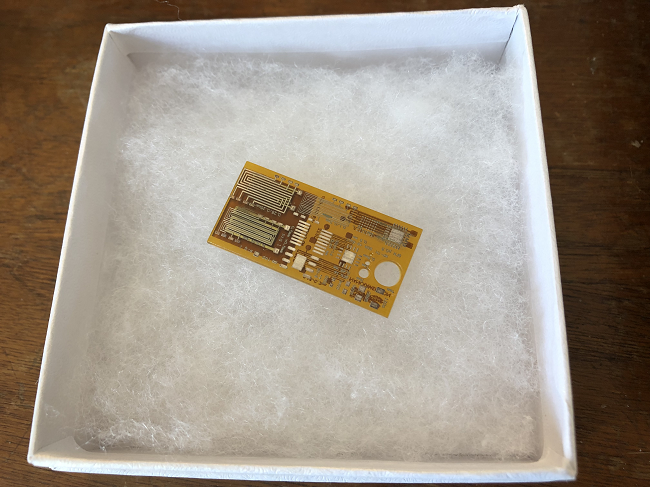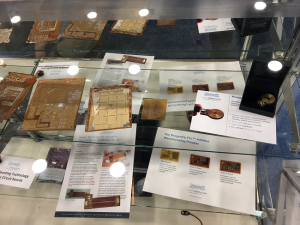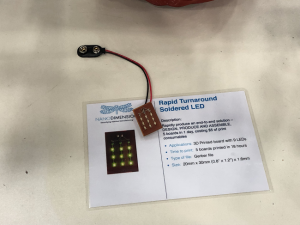Jose Manuel is a healthcare entrepreneur and CEO, bringing new technologies from lab to bed to improve people’s quality of life. He is working in more than 20 countries. He is the Founder and CEO of BRECA Health Care and REGEMAT 3D. He is looking to pioneer the revolution of 3D printing and bioprinting in healthcare. He was born in Valencia in October 1983. He studied engineering in Valencia, Spain, Braunschweig, Germany, and Oxford, UK, where he got his MSc in Motorsport engineering supported by the grant program of F1 world champion Fernando Alonso. He has also studied biomedical engineering in Buenos Aires, Argentina, and he just finished his PhD in Biomedicine in Biomedicine at the University of Granada, he is now a doctor.
What inspired you to do a lot within the healthcare industry?
While working at the F1 team, I decided to focus my career on the intersection between engineering and medical sciences. I could have worked on designing cars but medical devices were more motivational and challenging for me.
Ten years ago I started researching and designing custom made implants and thought that, 3D printing could be used for doing amazing customized implants. In 2010, I started working on the BRECA Health Care Business plan. The company was founded in early 2011, and at that time 3D printing was not that popular. Various people told me that I was never going to bring it to the clinical world. We now have dozens of successful clinical cases around the world.
Back in 2011, a researcher from the University of Granada asked him to develop a system in which we could print cells rather than Titanium, to solve the problems of apoptosis and the differentiation I had been working in 2D cultures. At that time the number of available solutions were 0. This is how I got inside this amazing industry. Some years later I started REGEMAT 3D to bring to society the results of our development from 2011. Now after few years we have a presence in more than 25 countries.
Early in 2018 and thinking on his future research after the PhD, I decided to get involved in a research group with a clinical focus to bring new treatments to patients that is how I started at the PITI3D platform as a Scientific coordinator and also a main figure in the start up of the platform.
What are interesting things to pay attention to within the healthcare sector for bioprinting? How does 3D Printing revolutionize your day to day work?
We believe that bioprinting is in a kind of hype period. Biological sciences can benefit a lot from these ranges of different technologies, but it is not true that we are going to be printing functional organs in the short term. You can say that to do an IPO and get funding but after some years when results don’t ́t come as expected, you are going to fall. I saw it many years ago with 3D printing in medical devices, then after that the curve of expectations decreases and a lot of detractors arise. Just when you show the results it is when the technology starts being used and find a place in the market.
Also it is important to make clear that what we print with a bioprinter is not a tissue; it is a matrix, a scaffold, with cells in 3D, that as we showed many years ago behave in a similar way to the cells in vivo, but still a procedure that needs to have a functional tissue to be implanted.
Mechanical stress after printing and other ingredients play an important role in the outcomes of the tissue. We think of bioprinting as an amazing range of technologies to achieve our aims as researchers that want to mimic living structures but there still are a lot of things to do to cover all tissues. That is why we in REGEMAT 3D offer not just a bioprinting system but a customized one for every specific application. In the short term we see a lot of opportunities in the combination of 3D printed custom made synthetic medical devices and bioprinted structures to regenerate an injury.
What are some projects that Regemat has been working on recently?
We have been working on a lab on a chip Kit for antitumoral treatments. This includes Cornea Regeneration. We are also testing a new biomaterial based on the skin of a butterfly as well.
What are some projects that BRECA HealthCare has been working on recently?
We have worked on surgical guides, prosthesis and implants for Maxillofacial, thoracic box, osteosarcoma, and knee-related projects.
Are there ways to fuse these two industries as it seems that the work you do must have interconnection in order for one to transition between both?
Thanks to our previous experience with Breca Health Care, we offer some advantages to our collaborators such as:
- Benefiting from all the results and new components developed by our bioprinting community
- We can customize the solution and the specifications for your research. This will make it unique.
- Funding opportunities
- Royalties for co-development
- As implanting medical devices experts, we will help you to bring your results from lab to bed
- Advertising in media
- Discounts in the modifications and ad hoc projects
- Discounts in the new versions and components
- Pre-clinical and clinical projects in cooperation with PITI3D
What are some concerns you have over the healthcare industry as a whole in terms of innovation? What are some benefits that the industry has as well?
The regulatory sector is important. We are now trying different applications with this technology at a pre-clinical phase, but we need to work on what will happen once we can go through the clinical applications with real patients. The benefit of this situation is the fact that we are helping to develop the regulation and we are completely involved in this sandbox.
Lastly, what is the future of bioprinting? What fields of study will be crucial for its future development?
Our approach is to create a tissue is quite unique as we are always thinking on the clinical application and how custom made surgical implants can promote the formation of a living tissue and the regeneration of a defect. For the creation of a living tissue it is crucial the bioprinting process and the ingredients selected to achieve the objective to create a functional specific tissue the scaffold, the cells, the bioinks and the other ingredients to be printed that will promote the formation of the right tissue. But also the maturation procedure applied to the 3D cell laden constructs, that is even more important. If we think about bioprinting as a technology to recreate all the structure in the same form as shown in a living tissue, we are going to fail. We have to think on bioprinting as a way of creating cell laden 3D constructs as a precursor of a functional tissue. The maturation and tissue formation process, in vivo or bioreactors mimicking the implantation body, will be as important or even more than the bioprinting one. Considering the strategies of both parts will be crucial to obtain the desired functional knee cartilage tissue. They are pioneering both fields!

